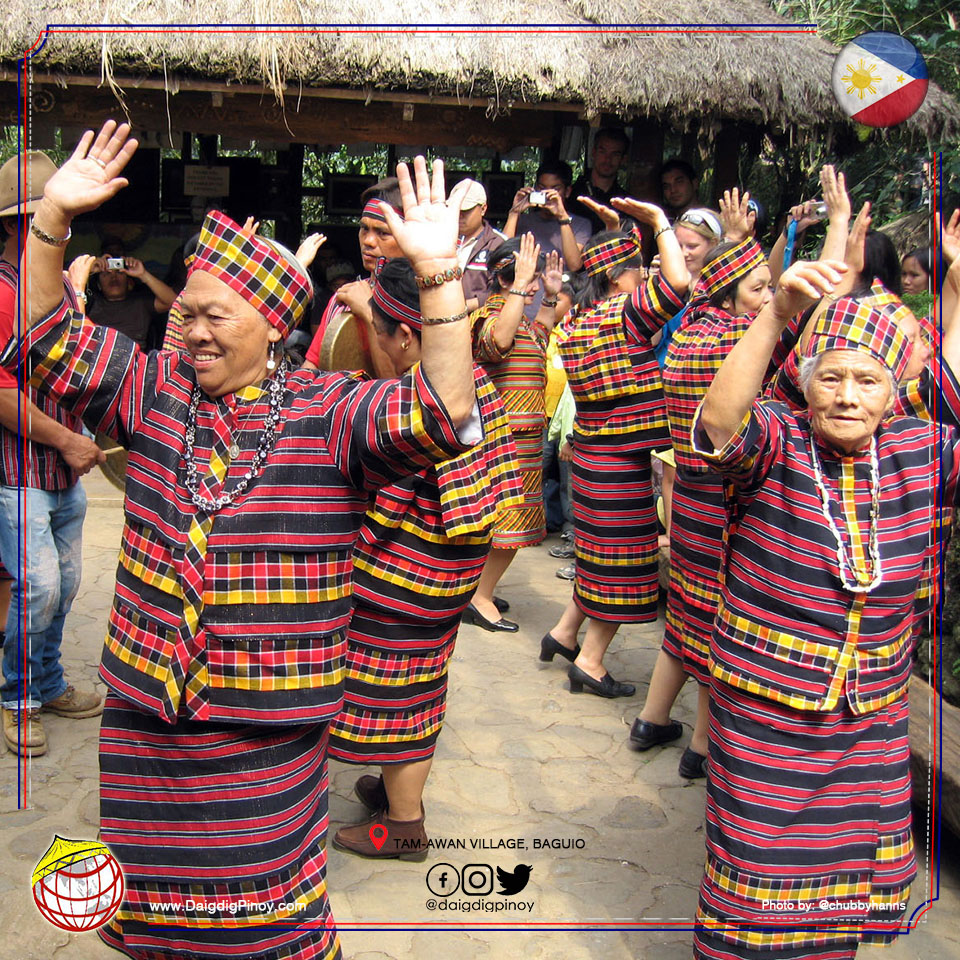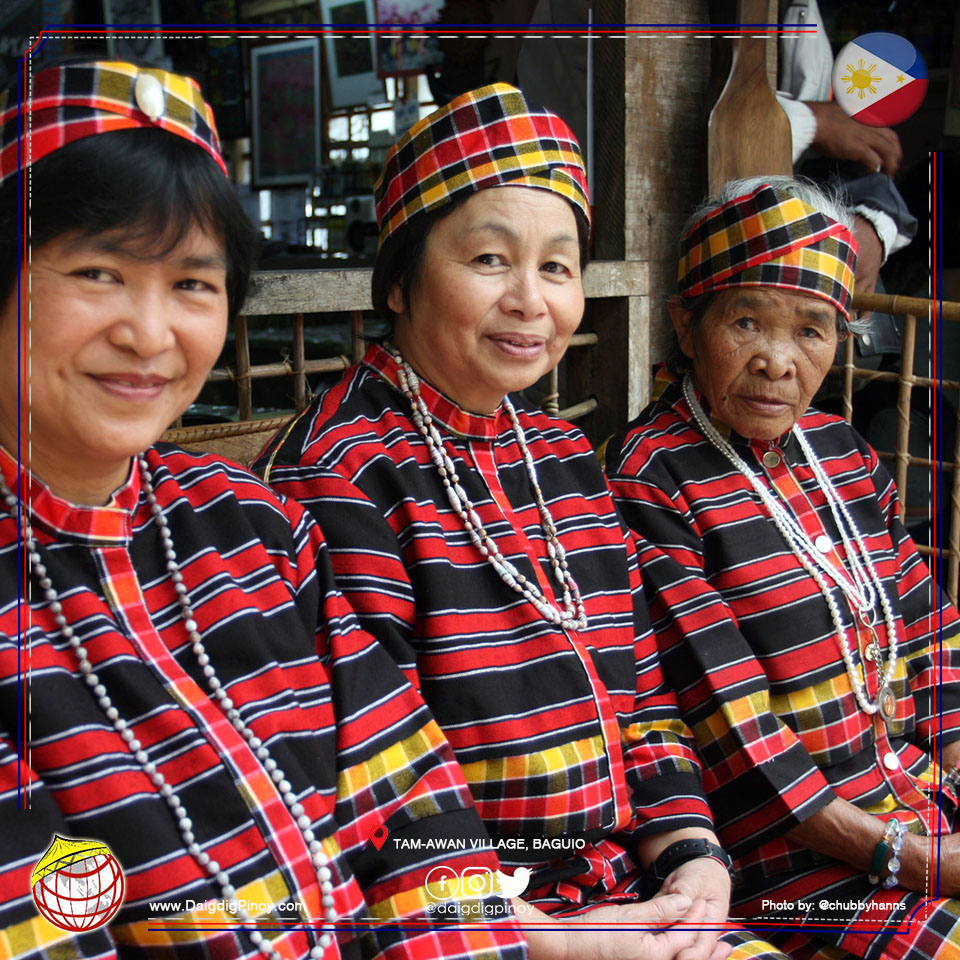During the years when the entire City of Baguio was still grazing land for large herds of cattle, Pinsao, location of the Tam-awan Village was one vast pastureland. A spring beside Tam-awan is the source of a body of water that once served as a watering hole for cattle. Thus, the place became associated with chanum, which in Ibaloi, means water. Adopting the name to symbolize its vision, Chanum Foundation, Inc. views its role to be as nurturing and life-giving as the spring in Tam-awan Village.
More than a showcase of indigenous craftsmanship, the foundation envisions the Tam-awan Village as an ideal venue for art and cultural activities aimed to enhance the appreciation of Cordillera life, its culture and its history.
The Chanum Foundation, Inc., founded in 1998, began to reconstruct Ifugao houses in Baguio with the view of making a model village accessible to people who have not had the chance to travel to the Cordillera interior. Building on the land near an abundant spring, the foundation started out with three knocked-down huts transported from Banga-an, Ifugao. The village now has seven Ifugao huts and two Kalinga houses. Using the original materials and adding only new cogon roofs, traditional artisans reconstructed the houses and laid them out resembling the design of a traditional Cordillera Village.
An Ifugao house is compact and though deceptively simple, its architecture is quite sophisticated. Built by clever mortise makers without nails or hardware, it exemplifies the exactness of Ifugao construction. With the heavy hand-hewn timber elevated to about shoulder height by four posts usually made of hard wood, the house, with periodic re-roofing, can last several generations.
The Kalinga house is more spacious and is made with the same hand-hewn pinewood. The binayon is the traditional octagonal house of Southern Kalinga Province and Tam-awan Village is proud to present one the three remaining such houses in the country today.
In keeping with the spirit in which the village was originally conceived, Tam-awan Village has become a venue for art exhibits and workshops envisioned to foster a deeper understanding, respect and pride in the cultural heritage of the Cordillera people.
The village is an experience in itself. By living in the huts, guests get an opportunity to immerse in an atmosphere that allows them to get a glimpse of village life.
There are 7 Ifugao huts and 2 Kalinga huts that can accommodate around 35 guests. The village has a café where guests can eat traditional meals of the locals. Cultural dancers in their native costumes are presented in the village every Saturday.
On a clear day, a magnificent China Sea sunset can be viewed from the village, being true to its name as Tam-awan, that is, vantage point.
From Baguio city proper to Tam-Awan Village is about 10-15 minutes by taxi, or 20-30minutes by jeepney but will have to walk for 5 minutes to the village.
Tam-awan artists
Tam-awan village is also a haven for Artists. Upon the entrance of the village, you will be welcomed by their different artworks, paintings and wood carvings which you can eventually see scattered all over the village. It is the reason why the village is also a favorite of other artists and photography enthusiasts alike.
To be part of Tam-awan’s Artist group, one should definitely know the culture of the Cordillera because this is the important part the village wants to portray, and at the same time preserve for the future generation.
The artists also offer on-the-spot painting for a minimum cost which one can take home as a souvenir.
There are about 26 active artists in the village, with age ranging from their 20’s to their mid 50’s.

Tam-awan dancers
Headed by Mrs. Hilda Lubos, the Tam-awan Village dancers, dressed in their native costumes, perform every saturday to portray a dance ritual called the “Kanyaw”.
The “Kanyaw” is usually performed when there is a gathering or celebration among the Ibaloy Tribe in Benguet. The ritual is in the feast itself, whether the gathering is for thanksgiving to the lord, spirits of the departed or feast of the dead (similar when we celebrate November 1). As long as you hear the gongs playing or see the smoke of the roasted pig, it is considered that you are invited to the festivities.
The ritual, “Kanyaw”, is performed by a couple or a family. The husband carries two blankets while the wife carries over one. The couple will then have to dance around for three to four rounds, after which a priestess or the “mambunong” will bless them and give them rice wine to drink as they say, “this is a blessing from the Lord”. (Drinking of the rice wine symbolizes accepting the blessing). After drinking the wine, they perform again for 3 to 4 rounds and give the blanket to the relatives to do the dance. After everybody in the family has danced, the visitors are then welcome to dance.
In Tam-awan village, visitors are encouraged to take part in the dance. And the blanket is passed on from one person to the other. The dance goes on for hours in the village. Warm smiles fill the faces of the locals and visitors alike as each one takes turn in the dance. The experience itself enhances the appreciation and understanding of the culture.
The dance, the wine and the sound of the gongs will surely make your Tam-awan village experience enriching, educational and memorable.
During our visit, we have seen an 86 year old woman, the oldest member of the dance group. By the merely looking at their faces, and the way they move, dance and perform, you can’t tell it otherwise.
